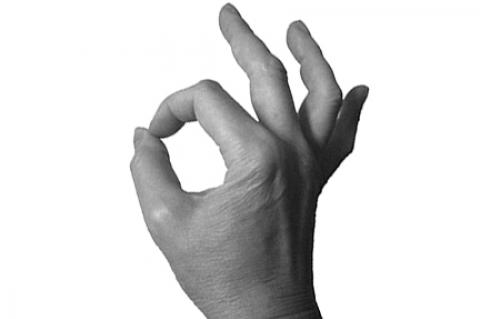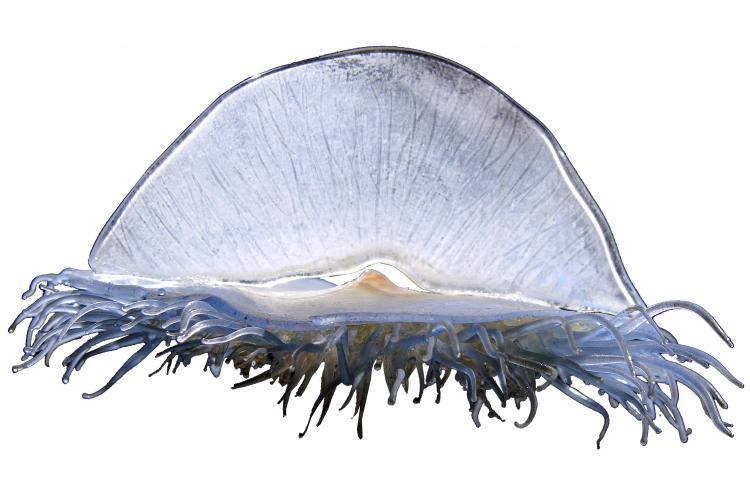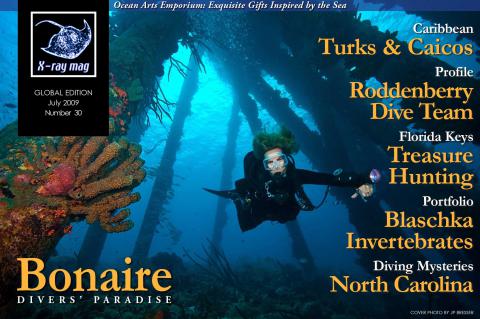Blaschka
This summer, Harvard Museum of Comparative Zoology in Cambridge, Massachusetts, USA, is mounting an exhibit of glass models of marine invertebrates made by the 17th century German master glassblowers, Leopold and Rudolf Blaschka of Dresden. Professor James Hanken is an evolutionary biologist and the director of the museum. He talked to X-RAY MAG about the exhibit and the Blaschka glass works.
Tags & Taxonomy
"...they really are extraordinary specimens. They are anatomically correct, if you will; they’re made exactly to life; their colors are accurate. They’re exquisite."
— Professor James Hanken
JH: When I became director a few years ago, I requested a tour of all our collections. We have vast collections here. It’s literally millions, more than 20 million
specimens of one sort or another. And in the course of receiving a tour of our invertebrate animal collections, I was shown several shoe boxes and other small boxes of glass animals, which were absolutely remarkable. I had not known that we even had these things. I knew that we had glass flowers — Harvard has a famous collection of glass flowers made by the Blaschka father and son team — but I had not known that they, at one time in their careers, had made glass invertebrate animals.
And these were tucked away and not really cared for very well. They were put in these boxes many decades ago. I thought they were spectacular and suggested that we start to clean them. Some of them needed some restoration, some conservation. And that’s what we’ve been doing for the last several years. We’ve had an exhibit of some of them over the last year or two. We have about 420 specimens of which we put on exhibit around 60 in our public museum, the Harvard Museum of Natural History.
And it was an extremely popular exhibit. I mean, they really are extraordinary specimens. They are anatomically correct, if you will; they’re made exactly to life; their colors are accurate. They’re exquisite.That was in our temporary exhibit gallery. We had to remove that exhibit, but we just installed in its place an exhibit about evolution, and we will be pulling out some of the glass animals to install near the evolution exhibit later this summer. One of the reasons is that the glass animals were extremely popular with the public and many people were very, very disappointed when we took them away. So, by popular demand, we are bringing some back.
X-RAY MAG: How many visitors did you have to that exhibit?
JH: We don’t track the number of visitors to a particular exhibit or to a particular room, but in the last year, we have had about 180,000 visitors, and actually our attendance figures have been going up steadily over the last several years in response to exhibits such as the glass animals.
X-RAY MAG: What do you know about the Blaschkas, Leopold and his son, Rudolf?
JH: As I understand it, they came from a long and distinguished family of glassblowers in Dresden, Germany, beginning in the 15th century. By the late 19th century, it was the adult male in the family, Leopold, who was continuing the tradition, and he and his wife had a son, Rudolf, who basically adopted the same traditions of the family. They really had brought the craft ...
Download the full article ⬇︎
Originally published
X-Ray Mag #30
Bonaire Divers’ Paradise by JP Bresser :: Scott Johnson presents Turks & Caicos Islands in the Caribbean and Diving Mysteries Off North Carolina, USA :: Roddenberry Dive Team and the Star Trek Legacy :: Treasure Hunting in the Florida Keys by Millis Keegan :: Shipwreck Treasure - 17th Century Solid Gold Grooming Tool by Carol Tedesco :: Barb Roy tells us about the Reefs of Steel - Artificial Reefs of British Columbia :: Ocean Arts Emporium and 19th Century Blaschka Glass Invertebrates is edited by Gunild Symes :: Gennady Misan tells about an almost fatal dive in Lake Baikal :: Bonnie McKenna explains about Jelly fish Ecology and Tony White explains about special UW Photography Techniques :: Unique Dive site: Crystal River, Florida



